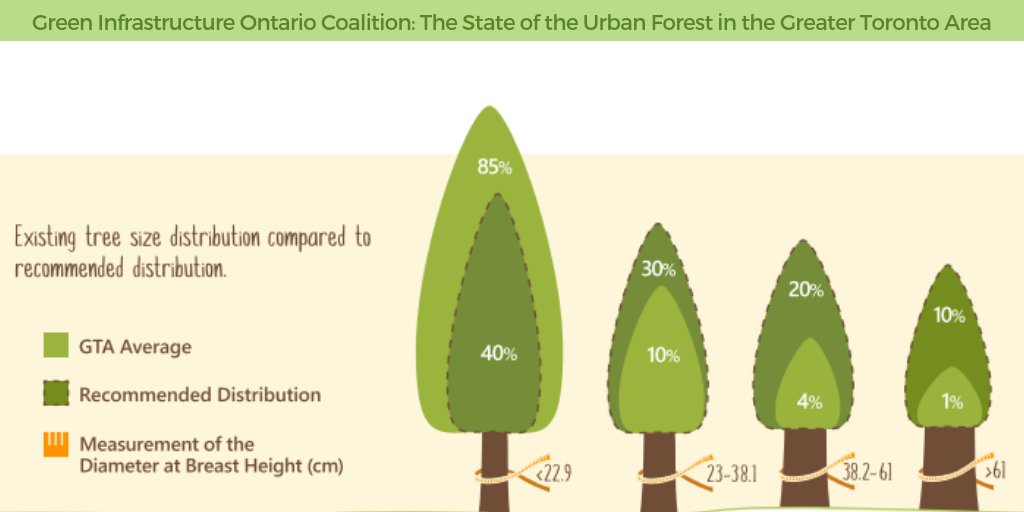Signals That It's Time To Remove A Tree: Identifying Unsafe Trees
Signals That It's Time To Remove A Tree: Identifying Unsafe Trees
Blog Article
Material Author-Reid Aagaard
When it comes to tree treatment, recognizing the signs that it's time for elimination is essential for your safety and security and home. You might discover discolored fallen leaves, wilting branches, or weird fungal developments suggesting illness. Architectural issues, like a significant lean or cracks in the trunk, can likewise posture risks. Understanding these indication can help you make educated choices regarding your trees and stop potential threats lurking in your yard. What should you seek following?
Signs of Degeneration and Disease
When you discover indicators of decay and disease in your trees, it's vital to act swiftly. Search for blemished fallen leaves, wilting branches, or uncommon growths like fungi. These can suggest that your tree is battling.
If you see splits in the bark or soft, mushy wood, these symptoms recommend inner degeneration. Furthermore, mouse click the next document in bugs around your tree can indicate that it's deteriorated and at risk.
Look for any kind of dead or passing away limbs, as they pose a threat to your building and safety and security. If you doubt about what you see, speaking with an arborist can supply quality.
Addressing Tree Trimming Naics Code can save you from more substantial damages and make sure the health and wellness of your yard. Don't wait until it's far too late.
Structural Instability and Leaning
As you observe your trees, keep an eye out for any kind of indications of architectural instability or leaning. If a tree leans substantially, it might indicate that the root system is jeopardized.
Try to find any splits in the trunk or dirt around the base; these can indicate potential failing. Additionally, check for uncommon development patterns, like a lopsided crown, which may recommend that the tree is having a hard time to hold itself upright.
If you observe that the tree leans toward your home, power lines, or other frameworks, it presents a higher risk. Do not neglect these signs-- speak with an arborist to assess the situation.
Taking action early can protect against pricey damages and ensure your safety and security.
Dead or Dying Branches and Vegetation
If you see dead or passing away branches and foliage on your tree, it's a clear indication that something's wrong.
These unhealthy areas can suggest underlying issues like disease, insect invasions, or ecological anxiety. When branches shed their fallen leaves or turn brownish, they're no more contributing to the tree's health. Overlooking these signs can bring about additional decrease, making your tree a lot more unsafe.
Dead branches can conveniently break short during storms, posturing a risk to home and individuals nearby. It's critical to assess the degree of the damages.
If the trouble influences a significant part of the tree, think about getting in touch with an expert. They can assist identify if elimination is needed to ensure security and preserve the beauty of your landscape.
Conclusion
If you observe any signs of degeneration, structural instability, or dead branches on your trees, don't overlook them. These indications can pose severe safety and security risks to you and your home. It's constantly best to speak with a specialist arborist who can offer a specialist evaluation of your trees. Taking action early can stop crashes and costly damage, guaranteeing your landscape continues to be secure and healthy and balanced. Keep in mind, it's far better to be positive regarding tree care than to wait on a calamity to occur.
